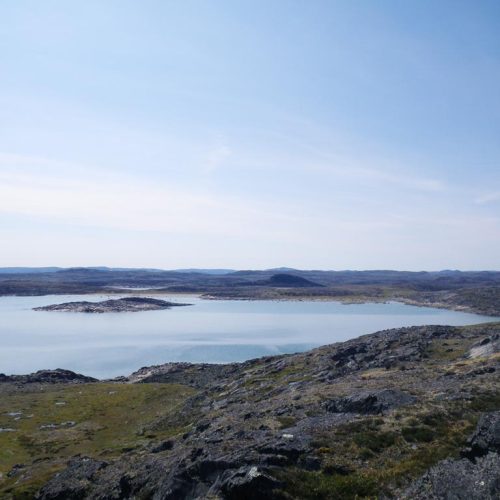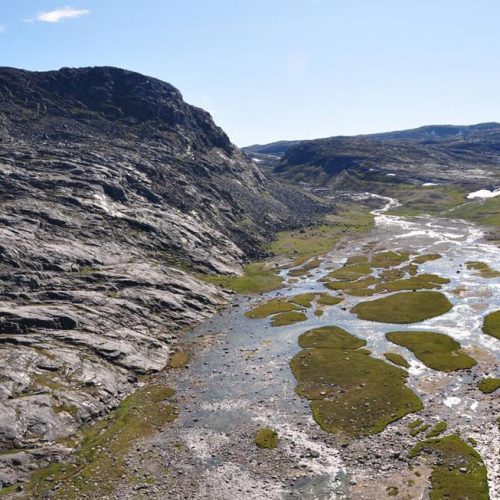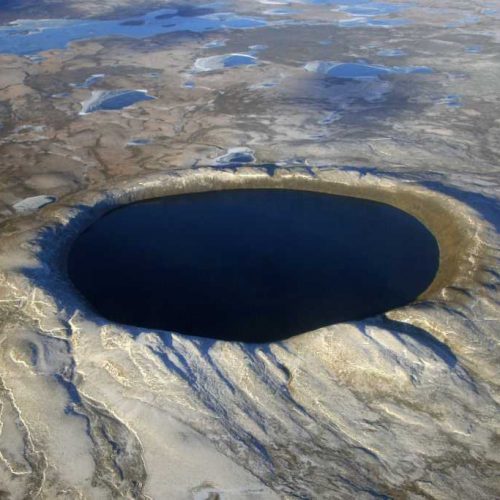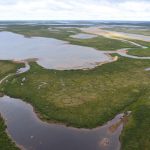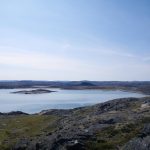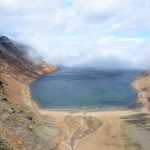Protected Area Statuses
In Nunavik, protected areas consist of national parks, national park reserves, proposed biodiversity reserves, one proposed aquatic reserve, and territorial reserves for protected area purposes. They correspond to category II protected areas according to the International Union for Conservation of Nature (IUCN), one of the highest levels of protection. Protected areas thus ensure the protection of territories representative of particular ecosystems and cultures associated with the region.
Biodiversity Reserves and Aquatic Reserves
In Quebec, biodiversity reserves and aquatic reserves are generally managed by the Ministère de l’Environnement et de la Lutte contre les changements climatiques (MELCC). Their purpose and protection measures are detailed in their conservation plan. Educational or recreational projects may be carried out, but these projects and their associated budgets usually depend on the initiatives of the communities or groups concerned.
In Nunavik, the creation of biodiversity reserves and aquatic reserves is led by the Government of Québec, in partnership with the region’s stakeholders, represented notably by the Kativik Regional Government, the Makivik Corporation, the Naskapi Nation of Kawawachikamach, the Cree Nation Government (for the community of Whapmagoostui) and other local actors.
National Parks
In Quebec, national park projects management falls under the Ministère des Forêts, de la Faune et des Parcs (MFFP). Once created, the national parks of southern Quebec are managed by the Société des établissements de plein air du Québec (SÉPAQ).
In national parks, “areas representative of Quebec’s natural landscapes as well as exceptional natural sites are protected […] and enhanced.” Government budgets are included to provide infrastructure (reception pavilions, roads, etc.), development (trails, signs, etc.), recreational activities (e.g., boat rentals), and educational activities (interpretation, hosting school groups, etc.).
Provisional Status
Territorial Reserves for Protected Area Purposes (TRPAP)
TRPAP status is a transitional administrative status pending the granting of permanent protected status. On these territories, the granting of mining titles and of any authorization relating to mining exploration is suspended. These territories are also subject to moratoriums on all energy and forestry development activities.
Proposed Biodiversity Reserves (PBR) and Proposed Aquatic Reserves (PAR)
A PBR or a PAR has a provisional status for several years. This status means that a process is underway to obtain permanent status as a biodiversity reserve or aquatic reserve. Mining, oil and gas development, hydroelectric projects, and logging are prohibited on these territories.
National Park Reserves
This status indicates that a process is underway to obtain national park status. Mining, oil and gas development, hydroelectric projects, and logging are prohibited on these territories.
The names used for the provisional statuses (proposed aquatic reserves, proposed biodiversity reserves, etc.) are also provisional. The official name will be determined when permanent protected status is granted to the territory. This is what happened with the national parks in Nunavik. They have official geographic names in Inuktitut (Pingualuit, Tursujuq, Ulittaniujalik, Kuururjuaq). The representative bodies of Nunavik as well as the communities and Nations concerned with these territories will provide proposals for official geographic names to the Commission de toponymie du Québec.
Since 2021, with the revision of the Natural Heritage Conservation Act (NHCA), “proposed” territories and territories set aside for consideration have permanent protection status without having to go through a provisional status. This was the case for several proposed biodiversity reserves and aquatic reserves in Nunavik designated before 2021. A public participation process and an environmental and social impact assessment are prerequisites for granting permanent protection status.
Protected Areas Management
The Government of Quebec is working in partnership with Nunavik and various stakeholders, including the Kativik Regional Government, Makivik Corporation, the Naskapi Nation of Kawawachikamach, the Cree Nation Government, and other local actors, to define the management approach for protected areas. There are various options. A protected area may be managed by a cooperative, a local organization, a local level of government, a federation of several organizations, etc. The vision, management approach, and specific protection measures can be detailed in the management plan for each protected area.
Permitted and Prohibited Activities in Protected Areas
Under the Natural Heritage Conservation Act (NHCA), certain activities for non-JBNQA and non-NEQA beneficiaries are permitted, restricted, or prohibited in a biodiversity reserve (or proposed biodiversity reserve) or aquatic reserve (or proposed aquatic reserve). Activities taking place in TRPAPs are subject to approval by the MELCC. This could be based on the fact that the final status envisaged is that of a biodiversity reserve.
In accordance with Section 24 of the JBNQA and Section 15 of the NEQA, the beneficiaries of these agreements may exercise their harvesting rights throughout the Kativik Region, including within the boundaries of all protected area types.
Main Activities Generally* Permitted or Prohibited for Non-Beneficiaries in Biodiversity and Aquatic Reserves
Activity | Permitted/prohibited |
Sport hunting | Permitted |
Sport fishing | Permitted |
Trapping | Prohibited |
Access and travel by ATV or snowmobile | Permitted, although opening new trails for this purpose is prohibited |
Access and travel by motorboat | Permitted |
Vacationing in existing facilities (leases, camps, or cottages) | Permitted |
Granting of new land rights for personal use (for vacationing, temporary shelters, etc.) | Prohibited |
Gathering of non-wood forest products (berries, mushrooms, etc.) | Permitted |
Firewood harvesting | Prohibited |
Logging | Prohibited |
Research and education | Permitted |
Mining, gas and oil activities | Prohibited |
Construction of hydroelectric dams and commercial power generation (including transmission line construction) | Prohibited |
Activities of ZECs, outfitters, and wildlife reserves | Permitted |
Seeding | Permitted with authorization |
Agriculture | Prohibited |
Construction of new infrastructure (buildings, roads, trails, etc.) | Permitted with authorization |
Hiking and recreation (walking, biking, snowshoeing, cross-country skiing, etc.) | Permitted |
* Under no circumstances should the elements of this list replace the legal texts (NHCA and conservation plans of each reserve).
Activity | Permitted/prohibited |
|---|---|
Sport hunting | Permitted |
Sport fishing
| Permitted |
Trapping | Prohibited |
Access and travel by ATV or snowmobile | Permitted, although opening new trails for this purpose is prohibited
|
Access and travel by motorboat | Permitted |
Vacationing in existing facilities (leases, camps, or cottages) | Permitted |
Granting of new land rights for personal use (for vacationing, temporary shelters, etc.) | Prohibited |
Gathering of non-wood forest products (berries, mushrooms, etc.)
| Permitted |
Firewood harvesting | Prohibited |
Logging | Prohibited |
Research and education
| Permitted |
Mining, gas and oil activities | Prohibited |
Construction of hydroelectric dams and commercial power generation (including transmission line construction) | Prohibited |
Activities of ZECs, outfitters, and wildlife reserves | Permitted |
Seeding | Permitted with authorization
|
Agriculture | Prohibited |
Construction of new infrastructure (buildings, roads, trails, etc.)
| Permitted with authorization
|
Hiking and recreation (walking, biking, snowshoeing, cross-country skiing, etc.) | Permitted |
* Under no circumstances should the elements of this list replace the legal texts (NHCA and conservation plans of each reserve).
